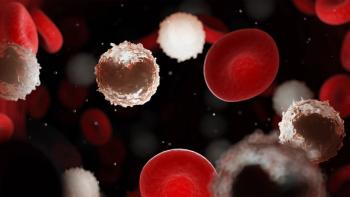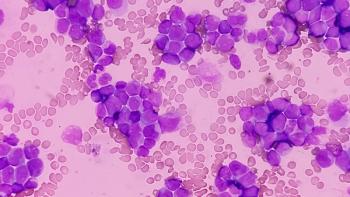
Breast Cancer Treatment Is Becoming More Personalized
It’s an exciting time in the world of triple-negative breast cancer (TNBC), with treatments becoming more personalized to individual cancer subtypes, explained Adam Brufsky, MD, PhD.
It’s an exciting time in the world of triple-negative breast cancer (TNBC), with treatments becoming more personalized to individual cancer subtypes, explained Adam Brufsky, MD, PhD.
Brufsky, a professor of medicine and associate director for clinical investigation at the University of Pittsburgh Medical Center Hillman Cancer Center, discussed treatments for BRCA-positive breast cancer at the 2019 Miami Breast Cancer Conference.
“Within the last year or so, we now have at least 2, and probably 3 things, that we’re going to be able to treat people [who have] TNBC with, and quite effectively with metastatic disease,” Brufsky said.
The presentation occurred the day after
Other agents are also being used or investigated to better personalize TNBC treatment, especially now that researchers realize that TNBC is not one heterogenous disease, but is made up of multiple subtypes, including basal-like 1, basal-like 2, immune-mediated, androgen-receptor, and more.
“It turns out that TNBC is not one disease. In fact, we don’t even agree on what it is. All we agree on is that the estrogen receptor is negative, the progesterone receptor is negative, and HER2 is negative. That’s all. But it turns out if you look at it very carefully and genetically, it divides into at least 6 categories,” Brufsky said. “It’s exciting for us, because now we have targets to look at.”
For example, PARP inhibitors tend to be efficacious in patients with TNBC who have a BRCA1 or BRCA2 mutation. Brufsky elaborated that individuals’ DNA is frequently being damaged by factors such as radiation, environmental carcinogens, food, etc. When that happens, there are single-strand DNA breaks that occur, and then the PARP enzyme comes and fixes them. By inhibiting PARP in cancer cells, that repair can’t happen, and a double-stranded DNA break occurs, essentially resulting in cell death.
“Those double-stranded DNA breaks are repaired by the proteins that make up BRCA1 and BRCA2, and some other ones in the DNA repair process,” Brufsky said. “If you can’t repair those double-strand DNA breaks, then the DNA gets scrambled and cells die. That’s what we call synthetic lethality.”
Although learning of a BRCA mutation may be shocking or scary for a patient and their loved ones, the mutation often leads to promising treatment modalities.
“It’s bad that if you have [the mutation], obviously you’re more prone to breast cancer, but I think that if you develop metastatic disease, we have a number of therapies that are somewhat effective for this,” Brufsky said.
Newsletter
Knowledge is power. Don’t miss the most recent breakthroughs in cancer care.
















































































